Volcanoes have always been a subject of fascination and fear due to their awe-inspiring and destructive nature. An active volcano is a geological formation that can make its presence known in the most explosive manner, causing widespread destruction. Over 500 active volcanoes have been identified worldwide, many of them located in densely populated regions, adding a layer of danger to their inherent majesty. This post will explore the top eight active volcanoes that are considered potential threats to human life due to their activity and location.
Contents
Understanding Volcanoes And Their Threats
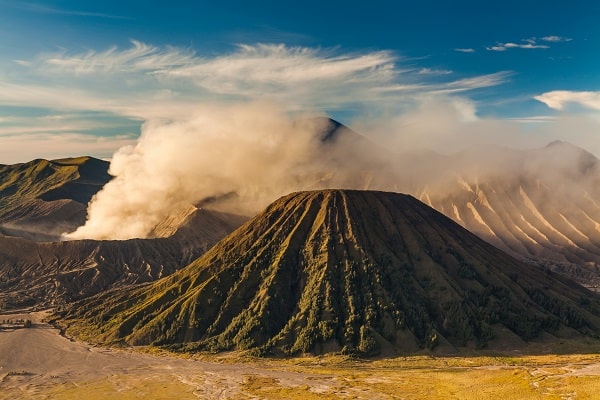
Volcanoes are often perceived as beautiful mountains, but the true nature of these geological formations is far from serene. An active volcano is defined as one that has erupted in the past 10,000 years and is likely to erupt again. The threats posed by these natural behemoths aren’t just limited to lava flows; they also include deadly pyroclastic flows, lahars (volcanic mudflows), ash clouds, and volcanic gases that can have detrimental effects on human health and ecosystems.
The effects of a volcanic eruption on the environment and human life can be extensive. Lava flows and ash fallout can destroy infrastructure, and the release of toxic gases can make the surrounding areas uninhabitable. On a larger scale, the release of volcanic ash into the atmosphere can affect global climate patterns, while substantial eruptions can trigger tsunamis and cause aviation hazards.
Active Volcanoes And Their Locations
Active volcanoes are commonly found along tectonic plate boundaries, especially around the Pacific Ring of Fire, a region encompassing the coasts of Asia, North America, and South America. The geographical distribution of these active volcanoes means they pose potential threats to the millions of people living in their vicinity. Understanding their locations is crucial for assessing the risks associated with volcanic hazards.
Mount Vesuvius, Italy
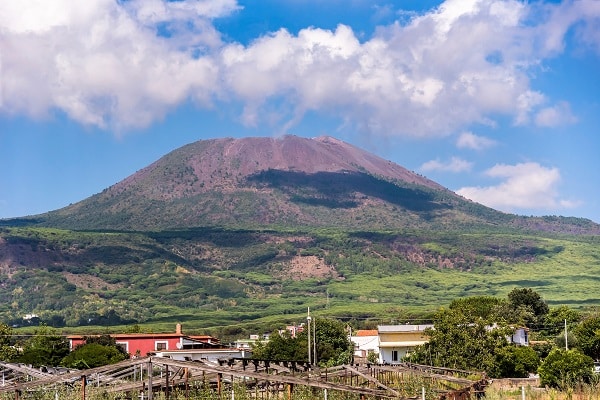
Mount Vesuvius, known for its destructive eruption in 79 A.D. that annihilated the Roman cities of Pompeii and Herculaneum, is an active volcano that sits ominously close to the modern city of Naples. With a population of over three million people living in its vicinity, the volcano’s potential for destruction is truly horrifying. Scientists closely monitor Vesuvius due to its history of explosive eruptions and the high population density around the volcano.
Given its history and location, Mount Vesuvius poses a significant threat to human life. Despite advancements in monitoring technology, predicting the precise timing of a volcanic eruption remains challenging. Therefore, preparation and planning are essential to mitigate the potential hazards posed by this active volcano.
Mount Etna, Italy
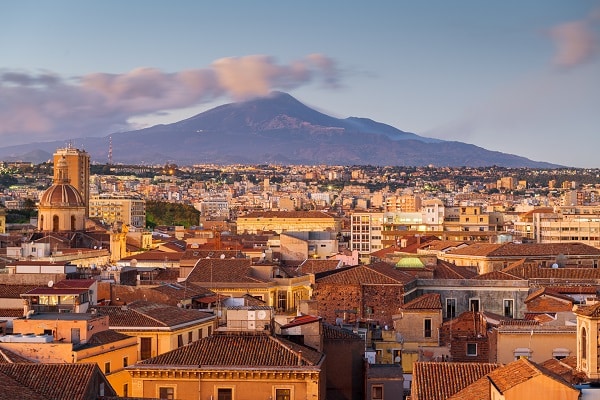
Mount Etna, another Italian volcano, is one of the most active volcanoes in the world. Its regular eruptions, while typically not as catastrophic as Vesuvius’s, still pose risks to the nearby Sicilian population and can disrupt air travel with its ash plumes. The lava flows from Mount Etna can cause significant property damage, although they usually move slowly enough for people to evacuate.
Though Etna’s eruptions are generally less violent than Vesuvius’s, they are more frequent. Etna erupts virtually every year, sometimes causing significant disruption to the surrounding regions and the wider Mediterranean area. Despite the threats posed by Mount Etna, its eruptions are also a sight to behold, making it a popular tourist attraction and a valuable resource for volcanic research.
Kīlauea, Hawaii
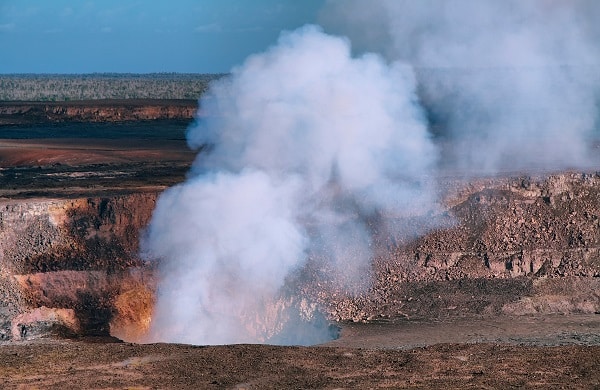
Kīlauea in Hawaii, one of the world’s most active volcanoes, has been continually erupting since 1983. Its eruptions typically involve the effusion of lava, which, while less explosive than some other volcanoes, can cause considerable property damage. The Hawaiian Volcano Observatory continuously monitors Kīlauea for signs of potentially hazardous activity.
Despite being a major tourist attraction, Kīlauea can pose significant threats to local communities. The 2018 eruption led to the destruction of hundreds of homes and the displacement of thousands of people. The potential threats from this active volcano underscore the need for effective monitoring, public awareness, and evacuation planning.
Mount Merapi, Indonesia
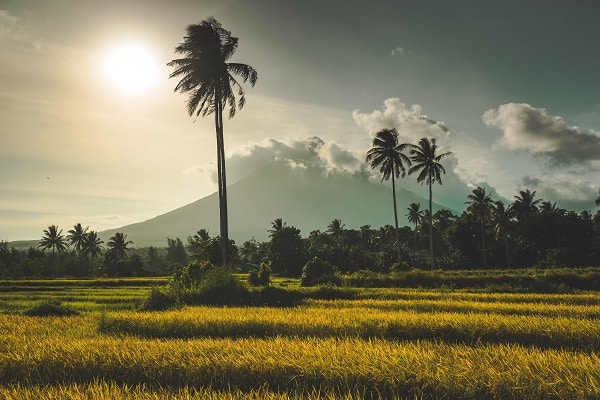
Mount Merapi, one of Indonesia’s most active and dangerous volcanoes, is known for its regular eruptions. It’s located in a densely populated region, with the city of Yogyakarta just a few miles away, and is therefore closely monitored for signs of an imminent eruption. Over the years, Mount Merapi has caused numerous fatalities and significant property damage.
The volcanic ash emitted by Mount Merapi can be particularly dangerous. It not only poses a health hazard to humans and animals but can also damage crops and contaminate water sources. As such, its eruptions can have wide-ranging effects on the local population, emphasizing the importance of effective disaster management in the region.
Sakurajima, Japan
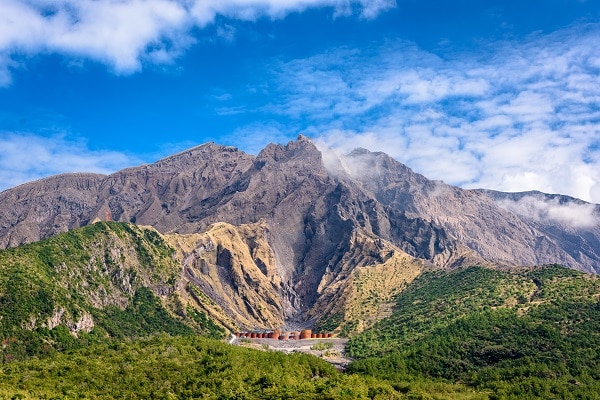
Located in Kagoshima Bay, Sakurajima is one of Japan’s most active volcanoes. It has been erupting almost continuously since 1955, spewing ash and lava that occasionally cause damage to the surrounding areas. The volcano’s activity is closely monitored by the Sakurajima Volcano Observatory.
While Sakurajima’s regular eruptions generally do not cause large-scale devastation, they can be disruptive for the residents of nearby Kagoshima City. The frequent volcanic ash emissions can pose health risks and disrupt daily life. Therefore, residents must be constantly prepared for potential eruptions and have emergency plans in place.
Popocatépetl, Mexico
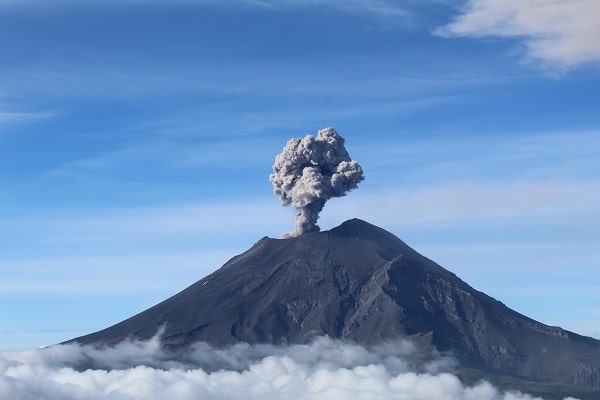
Popocatépetl, one of Mexico’s most active volcanoes, poses a significant threat to the heavily populated areas of Mexico City and Puebla. Its regular eruptions of ash, smoke, and occasionally lava remind the local population of the ever-present volcanic risk. The Mexican government maintains a constant vigil on Popocatépetl, implementing emergency plans when necessary.
Despite the constant risk, Popocatépetl is an integral part of the local cultural landscape. Understanding the potential dangers associated with its activity is crucial for the millions of people living in its shadow. Continued monitoring and timely communication of volcanic hazards can significantly help in mitigating the risks associated with this active volcano.
Eyjafjallajökull, Iceland
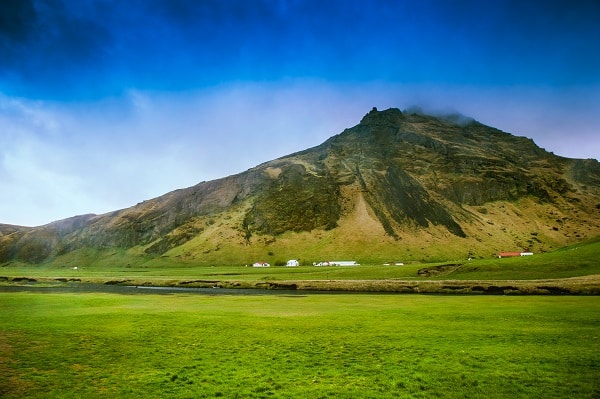
Eyjafjallajökull, a glacier-covered volcano in Iceland, made headlines in 2010 when its ash cloud grounded flights across Europe, causing massive disruptions. While the volcano is currently quiet, scientists keep a close watch on it due to its potential to disrupt local communities and international air travel.
The 2010 eruption demonstrated the wide-ranging impacts of a volcanic eruption. While Eyjafjallajökull may not pose an immediate threat to human lives in terms of explosive eruptions, the fallout from its eruptions can be far-reaching. This event highlighted the importance of international cooperation and preparedness for managing volcanic hazards.
Mount Pinatubo, Philippines

Mount Pinatubo, located in the Philippines, was relatively unknown until its cataclysmic eruption in 1991, which was the second-largest eruption of the 20th century. The eruption had a significant global impact, lowering worldwide temperatures and causing extensive damage locally. Scientists continue to monitor Pinatubo for any signs of renewed activity.
The 1991 eruption demonstrated the potential destructive power of Mount Pinatubo. Despite the successful prediction and evacuation before the main eruption, the event displaced hundreds of thousands of people and caused widespread devastation. This highlights the importance of volcanic monitoring and preparedness, particularly for active volcanoes located near populated areas.
Be Aware Of The Threat Of Active Volcanoes!
Active volcanoes are a significant natural hazard that millions of people live with every day. The eight volcanoes discussed in this post represent some of the most active and potentially dangerous volcanoes worldwide. While the threat posed can be daunting, it’s important to remember that the risk of a catastrophic eruption at any given time is generally low. However, the possibility is enough to warrant continuous monitoring and preparedness efforts. Advancements in volcano monitoring and forecasting have greatly enhanced the ability to predict volcanic eruptions, giving communities valuable time to evacuate and minimize loss of life and property.